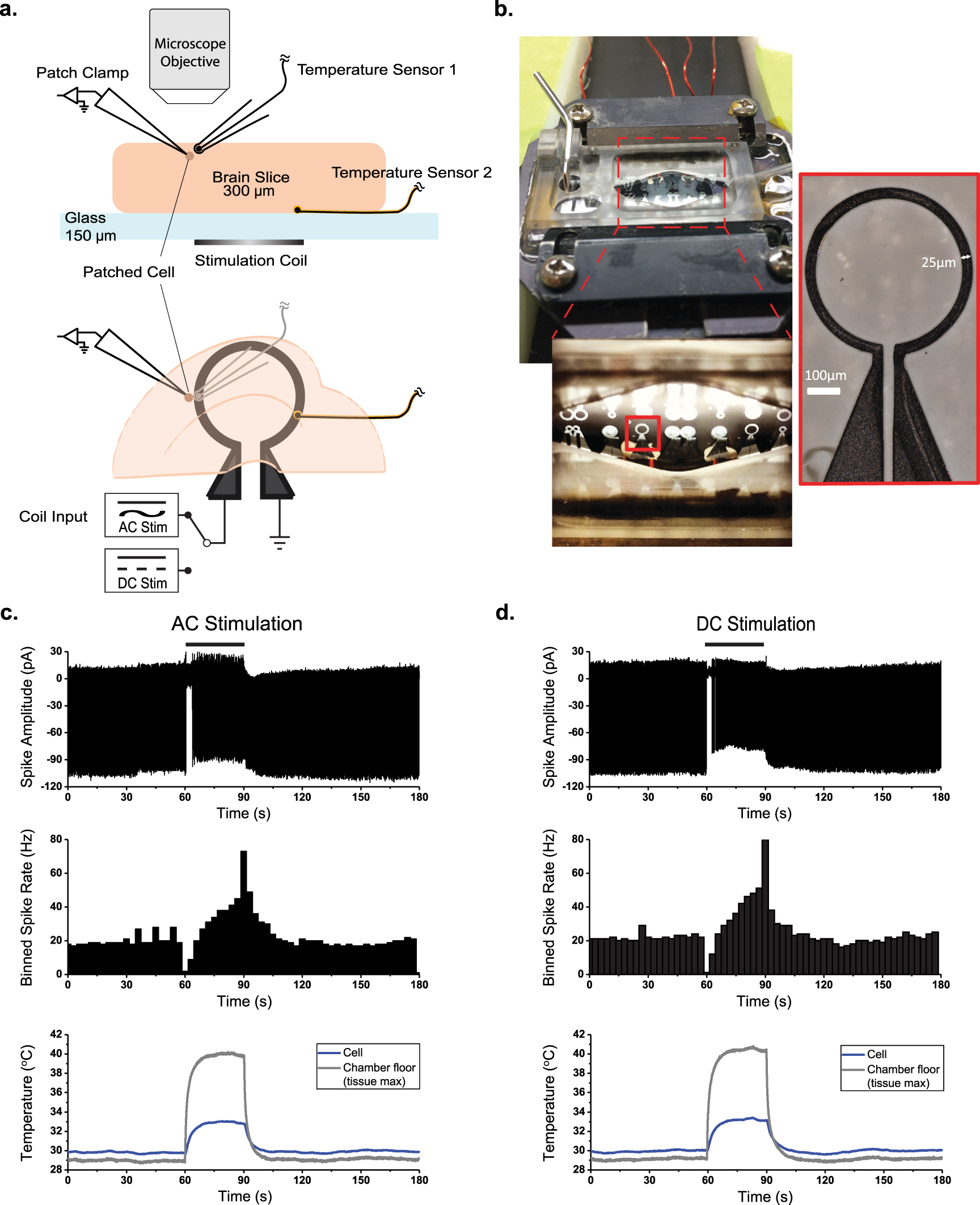Last summer, devastating wildfires raged across frozen regions in Siberia, Alaska, and Canada. They were caused in part by rising global temperatures, which accelerated the ability of bacteria in the soil to metabolize plant and animal matter. These environmental phenomena demonstrated a basic principle of physics – temperature is one of the main components of a chemical reaction and even seemingly small changes can result in catastrophic impacts. Heat a Siberian peat bog faster than it can release carbon into the atmosphere, and you get a wildfire on your hands – even in subzero temperatures.
Researchers now know that the physics behind this environmental phenomenon apply also to brain activity. In a paper published in the Journal of Neural Engineering, researchers found that small increases in temperature while stimulating the brain can profoundly alter brain activity, sometimes with negative consequences.
Steven Schiff, MD, vice chair for global health in Neurosurgery at Yale School of Medicine, specializes in the intersection between engineering and neurosurgery, which gives him the background to apply principles of physics to the biological processes of the brain.
Since activity in wires produce heat, all electric and magnetic stimulation of the brain deposits thermal energy in the brain. Schiff and his co-authors theorized that electric stimulating brain devices such as Deep Brain Stimulation, used in epilepsy and Parkinson’s disease patients, must lead to temperature changes in the brain.
Temperature changes in the brain also affect the firing of neurons. Lining the membranes of nerve cells are molecular pumps that electrically charge up the cells with energy that they release during brain activity. The researchers were able to prove that if cells are heated faster than the charges can adjust, then they may either produce more neuronal activity or less than usual. Even small changes in temperature due to electrical stimulation of the brain less than 1oC, could lead to substantial changes in neuronal activity. As neurons warm they can go silent. Let them cool back to their normal temperature and they can get very excitable.
“Seeing these dramatic effects on brain activity from small changes in temperature means that we now need to take such small temperature changes into account,” says Schiff, lead author of the study. “[Physicist James] Joule, long ago, taught us that there is no way around this problem. If you pass electrical current through small conductive wires to generate electrical or magnetic fields to stimulate the brain, you generate heat both in the wires and in the conductive brain.”
This paradigm shifting paper was presented in December 2022, at the American Epilepsy Society meeting in Washington DC where it was received with great interest.
How these temperature changes affect the patient and how they could be harnessed to improve outcomes remains to be seen. In clinical settings, surgeons have observed previously that a common side effect to implanting nervous system stimulators is that the activity of stimulated brain often decreases with either electrical or magnetic stimulation. The paper points to a strong plausible cause for this phenomenon. If true, Dr. Schiff says, this finding could help doctors more accurately calibrate the use of these devices.
“This paper is a true tour de force of combining different models of physical behavior to re-examine some "old standards",” says William Stacey, MD, PhD, associate professor of the department of neurology and biomedical engineering at the University of Michigan. “The combination of modeling with clever experimentation provided the very intriguing and unexpected result that heat might suppress neural firing. Perhaps this model might also provide some novel methods to manipulate neural activity.”
Daniel M. Goldenholz, MD, PhD, assistant professor of epilepsy at Harvard, and author of a recent paper on why focal cooling is important for the future of treating focal epilepsy, found the results important as well. “I think the work from Dr. Schiff and colleagues highlights the great importance of temperature changes in brain tissue and will likely be relevant in treatments of epilepsy that may include focal cooling. These fluctuations need to be better understood and accounted for if we want our therapies to become more accurate. I would be very excited to see how Dr. Schiff’s results are harnessed in the future for treatment of seizures and for neuromodulation,” says Goldenholz.
